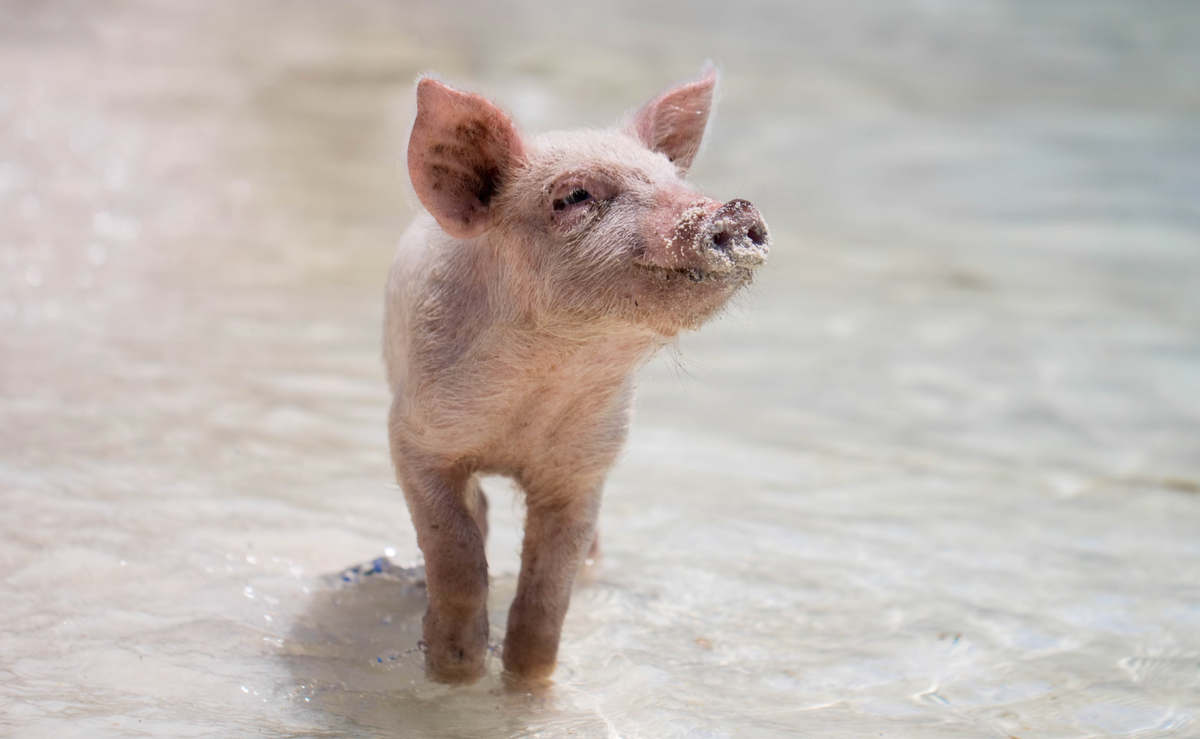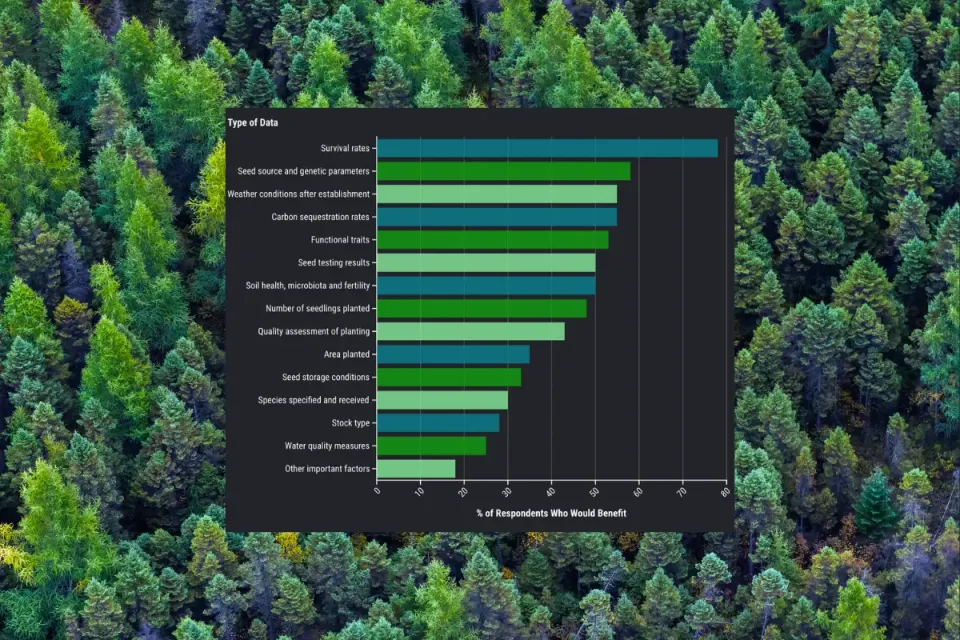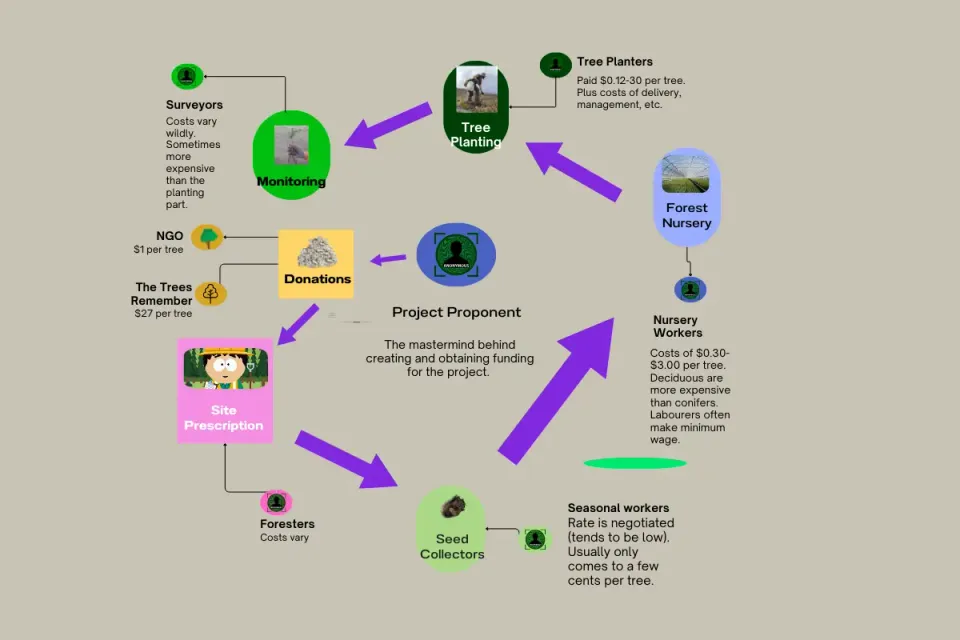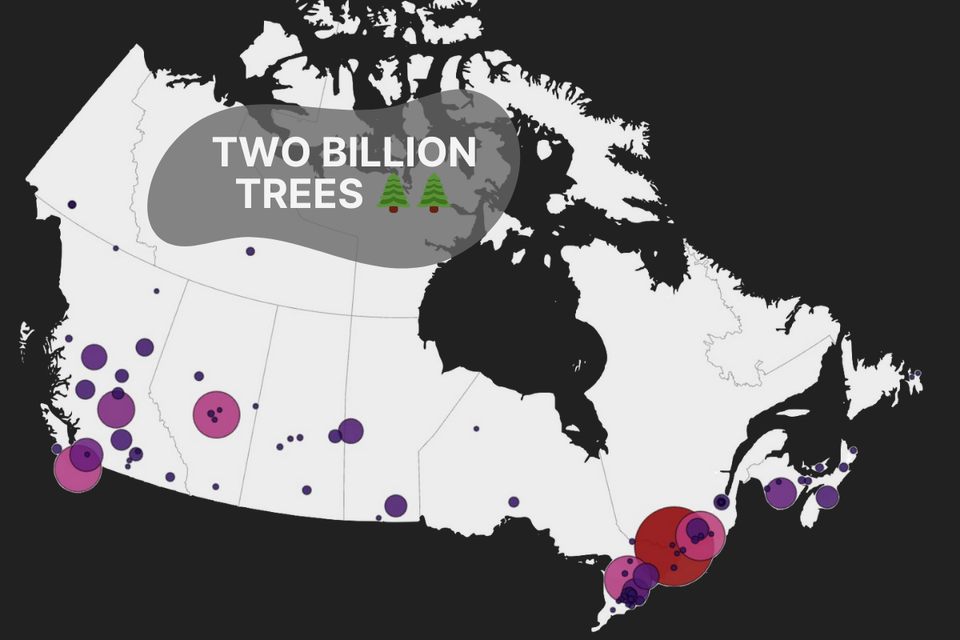The Power of Joyful Climate Action
So what if instead, we invited people to find their path to climate action by asking, “What makes you happy?”

This article by Nikayla Jefferson originally appeared in Yale Climate Connections.
We have a cultural story about the Good Environmentalist: the vegan who doesn’t touch cars or plastic and has stripped their life down to only what is certifiably green and clean.
It’s a story of all-or-nothing. It’s a story of unpleasant sacrifice. And it implies that only the most extreme forms of action are worth taking.
It’s not a story that will inspire ordinary people to take climate action every day and at every scale.
So what if instead, we invited people to find their path to climate action by asking, “What makes you happy?”
That’s an approach advocated by Jiaying Zhao, a professor of psychology at the University of British Columbia. She recommends that you find your “sweet spot” for climate action in the overlap between behavior that makes you feel good and is also good for the planet.
Alignment with our values
But what makes someone feel happy?
In American culture, we often connect our happiness with consumption and material gains. If we’re unhappy, we one-click buy something brand-new and novel, go out for a sweet treat, or upgrade the dull for the shiny. We redecorate the house or move to a bigger one. We travel someplace far and exotic for excitement or escape.
But these strategies don’t necessarily make us happy long-term, and they can have harmful consequences for the planet.
Larissa Dooley, a research scientist and psychologist at the Climate Mental Health Network, suggests a different approach.
“We feel happiness when we engage in activities that align with our values and goals,” Dooley says. “For example, if we value being a good parent or citizen and then do something that reinforces our perception of ourselves as a good parent or citizen, that can lead to a release of neurotransmitters like dopamine and endorphins and a subjective experience of fulfillment and happiness.”
Dooley says she thinks that a lot of anxiety and depression about climate change and the environment is related to the disconnect between our values and our behavior.
“We value clean air and water, but our actions as individuals and societies fail to protect those valued resources,” she says. “This causes significant psychological tensions, uneasiness, and discontent.”
The solution, she says, is behavior that brings us back into alignment with our values – and participation in activities that offer emotional support, validation, and belonging.
“Happiness also stems from actions or behaviors that increase social connections and positive relationships,” she says.
A few examples
So what might some of those actions look like? What makes you and the planet happy?
Remember it’s a wonderful world. The first step to taking action for the planet is to remember just how wonderful it is to be here and to recognize all the ways, seen and unseen, that this planet supports your ability to live in this wonder. Gratitude is a powerful state, and you’d be surprised what actions may follow.
Get moving outside. Moderate exercise gives us a natural, happy high. We can walk or bike instead of driving that mile to the store. Along the way, we can take notice and connect with the more-than-human life that lines our streets, lives in the grass, rooftops, and trees, and circles the sky above us. On a weekend, we could take a hike. As psychologist Thomas Doherty and researcher Panu Pihkala wrote in the “Encyclopedia of Happiness, Quality of Life, and Subjective Wellbeing,” “Nature connectedness has been found in studies to be strongly linked with happiness, well-being, and quality of life.”
Have a conversation. Talking about climate change is one of the most important steps that any of us can take. Connect with people. Open up and share your worries, fears, and hopes. In doing so, lighten the burden on yourself and give someone the chance to lighten their own climate load.
Do it together. Protesting is great, but it’s not the only form of collective action. We can cook a plant-based meal together. Commute to work together by car, bike, or public transportation instead of driving alone. Go thrifting together instead of buying fast fashion or new furniture. In other words, take a typical pro-climate action, and then multiply by friends and family.
When we make good climate choices, and we are happy as a result, others around us notice. They want to act to be happy too, and soon, we’re all taking climate action. It’s called social contagion: social behavior that spreads like a ripple throughout a population. It’s important to take climate action, but also important that we’re happy while we’re doing it. If you’re miserable and suffering, no one will want to follow.
How to get started
One way to find your sweet spot is with the Climate Action Venn diagram. Creator Ayana Elizabeth Johnson asks us three questions: What brings you joy? What are you good at? What work needs doing?
Solving the climate crisis is a multigenerational project, and we must commit ourselves for the long haul to the necessary systems-level changes. Keep in mind that the systems are not external to us. We are the life force of the system. When we change, systems do too. The good news is that we can change systems and be happy while we do it.
License
Nikayla Jefferson. The power of joyful climate action. Originally published by Dialogue Earth on October 4, 2024. Reporting credit: Nikayla Jefferson. Republished under a Creative Commons Attribution-NoDerivatives 4.0 InternationalLicense. For multimedia content, see the original section on Dialogue Earth.




